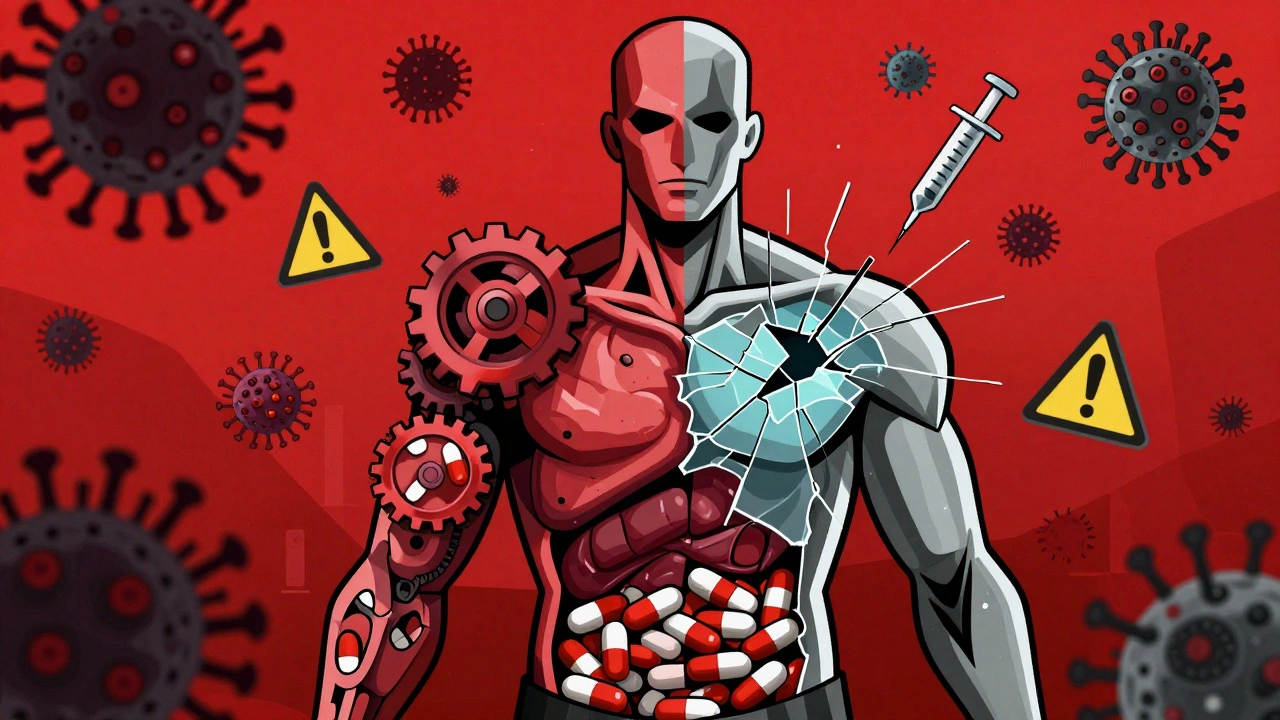Medication Side Effects
When dealing with medication side effects, unwanted symptoms that appear after a drug is taken. Also known as adverse drug reactions, they can be mild like a headache or severe like organ damage. Understanding them helps you stay safe and get the most benefit from any treatment.
One big player in the side‑effect world is COPD, a chronic lung disease often managed with inhaled bronchodilators. The inhalers you use for COPD, such as tiotropium bromide, often list dry mouth, constipation, or throat irritation as common side effects. Another hot topic is chemotherapy, cancer‑killing drugs that target fast‑growing cells. Chemotherapy‑induced nausea, hair loss, and low blood counts are classic examples that many patients face. Sleep also gets tangled up with medication side effects; drugs like varenicline can trigger insomnia or vivid dreams, showing how a single drug can affect multiple body systems. Finally, diabetes, a metabolic condition treated with drugs like metformin illustrates how side effects such as gastrointestinal upset can influence disease management. These examples show that side effects are not isolated events; they often intersect with the condition being treated and with other medications you might be taking.
From a practical standpoint, two rules drive most side‑effect handling. First, knowing the drug mechanism lets you predict which organ systems might react. For example, inhaled steroids act on the airways, so local throat irritation is expected, while systemic chemo attacks rapidly dividing cells, so hair follicles are collateral damage. Second, monitoring drug interactions can prevent unexpected amplification of side effects. Combining a sleep‑disrupting nicotine‑replacement therapy with varenicline, for instance, can worsen insomnia. Understanding these connections lets you spot problems early and talk to your pharmacist or doctor before they become serious.
In the list below you’ll find articles that break down real‑world scenarios: why tiotropium bromide is a COPD mainstay, how melphalan compares to other chemo options, tips for managing varenicline‑linked sleep changes, and more. Each piece gives clear dosing advice, explains the most common adverse reactions, and offers practical steps to reduce risk. Whether you’re coping with chronic disease, undergoing cancer treatment, or just curious about the quirks of everyday meds, the collection gives you actionable insight.
Ready to dive deeper? Scroll down to explore each guide, grab the key takeaways, and arm yourself with the knowledge you need to stay ahead of medication side effects.






